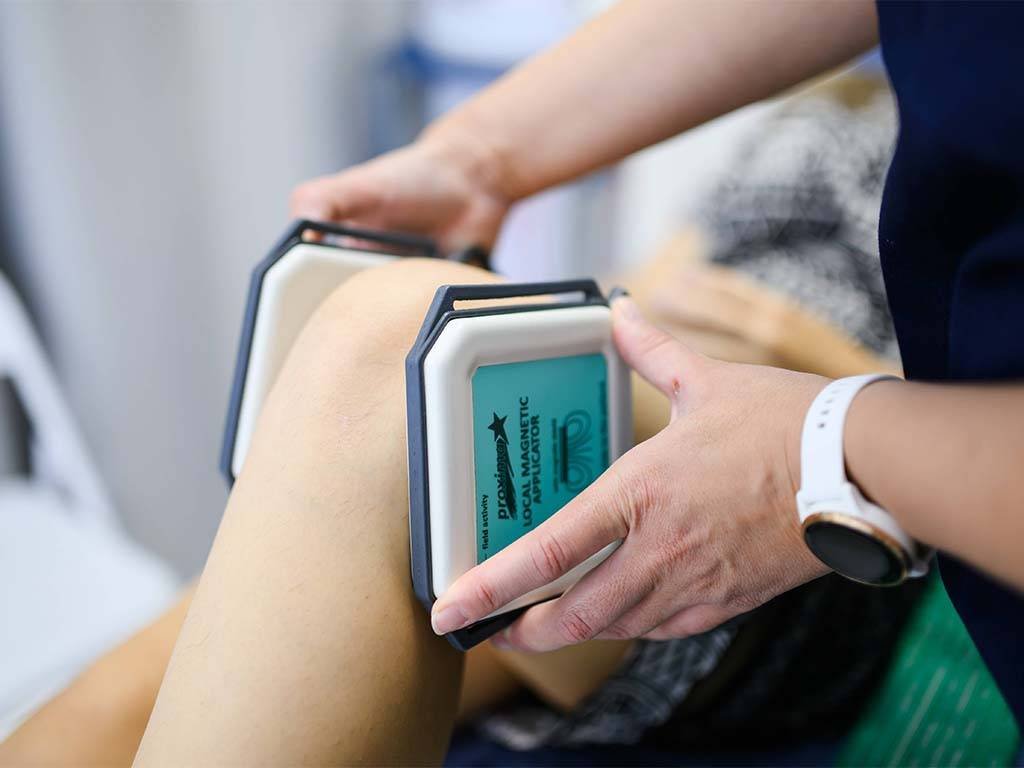- Mon-Fri: 13h - 21h
Saturday: appointment
- +382 67 834 191
+382 67 881 575 - dr.nenezic@gmail.com
- City Kvart L3-9
Podgorica, Montenegro
Orthopedic Rehabilitation
- Home
- Orthopedic Rehabilitation
Treatment packages
Contact Info
- City Kvart L3-9
Podgorica, Montenegro - +382 67 834 191
+382 67 881 575 - dr.nenezic@gmail.com
- Mon-Fri: 13h - 21h
Saturday: appointment
Orthopedic Rehabilitation
Orthopedic rehabilitation and physical medicine are multidisciplinary fields involving the collaboration of physiotherapists, orthopedists, chiropractors, and other specialists. The goal is to improve the functionality of patients, reduce pain, and enhance their quality of life, particularly concerning musculoskeletal structure and function issues.
Physical therapy plays a crucial role in orthopedics and offers many benefits to patients during the recovery process from injuries, surgeries, or other musculoskeletal problems.
Physiotherapists apply various techniques, including massage, heat or cold therapy, electrotherapy, and acupuncture, to alleviate pain in the affected area. This is especially important for patients suffering from chronic or acute pain after an injury or surgery.
They also work on restoring and improving the mobility of damaged joints and muscles, which is crucial for returning to normal functions and preventing complications like contractures or limited range of motion. Given that muscle weakness can increase the risk of injuries and complicate the recovery process, physiotherapists develop personalized exercise programs to strengthen the muscles around the affected area and improve stability. Balance issues, especially common in older individuals, are also a primary focus, working on improving balance to reduce the risk of falls and injuries.
Physical therapy in orthopedics represents a holistic approach to treatment that can alleviate pain, improve functionality, and help patients return to normal life after an injury, surgery, or other musculoskeletal problems.
Common Physical Therapy Methods in Orthopedics
Various physical therapy methods are used in orthopedics to enhance patient functionality, reduce pain, and facilitate the recovery process. These include:
Exercise Therapy: This method involves a series of therapeutic exercises tailored to the individual needs of the patient. Physiotherapists work on strengthening muscles around the affected area, improving joint mobility, and restoring normal movement patterns. These exercises are key to recovery after injuries or surgeries.
Heat and Cold Therapy: Heat therapy is used for relaxing muscles, improving blood circulation, and reducing pain. Cold therapy, on the other hand, helps reduce swelling and inflammation. These methods are often used in combination, depending on patient needs.
Massage: Massage is used for relaxing muscles, improving blood circulation, reducing tension, and easing pain. Massage can also help reduce scarring after surgeries.
Electrotherapy: Electrotherapy involves applying electrical impulses to the affected area to improve muscle contraction, reduce pain, and stimulate blood circulation. TENS (Transcutaneous Electrical Nerve Stimulation) is a common form of electrotherapy.
Acupuncture: Acupuncture is a technique that involves inserting thin needles into specific points on the body to reduce pain and improve functionality. While not as commonly used as other methods, many patients find relief with acupuncture.
Hydrotherapy: This method involves therapy using water, often in a pool. Hydrotherapy allows patients to perform exercises and therapy in water, reducing the load on joints and facilitating movements.
Ultrasound Therapy: This therapy uses high-frequency sound waves to improve circulation and relax muscles. Ultrasound therapy also helps reduce scarring.
It's important to note that the therapeutic plan in orthopedics typically involves a combination of these methods to achieve the best results for each patient.
Shopping Cart
There is no item in your cart




